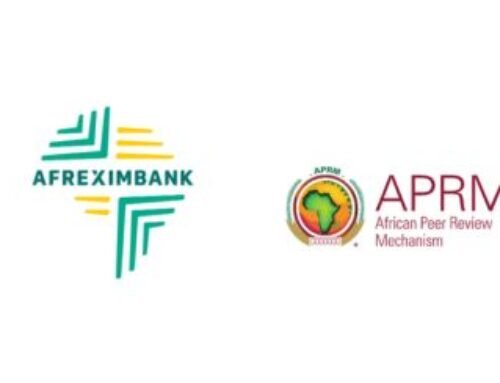
In response to the increasing interest among institutional investors in sustainable finance, blue bonds have emerged as a pivotal financial instrument aimed at safeguarding our oceans. These bonds, sometimes termed “Green Marine” or “Green Fishery Bonds,” are a subset of the green bond market, specifically tailored to fund marine-related endeavours, encompassing fisheries and their associated value chains.
Aligned with the principles of the Green Economy, the Blue Economy advocates for the sustainable utilisation of marine resources to mitigate adverse impacts on the oceanic environment. Embracing the concept of the Sustainable Blue Economy (SBE) underscores the criticality of preserving ocean resources while addressing the imminent threats posed by climate change and other environmental stressors.
To facilitate the issuance of blue bonds, notable organisations such as the International Finance Corporation (IFC), International Capital Market Association (ICMA), United Nations Global Compact (UN Global Compact), United Nations Environment Programme Finance Initiative (UNEP FI), and the Asian Development Bank (ADB) have collaboratively developed a comprehensive practitioner’s guide. This guide furnishes market participants with clear criteria, practices, and illustrative examples for issuing and lending through “blue bonds.”
According to this guidance, prospective issuers contemplating blue bond financing must first identify eligible projects. Drawing from the Green Bond Principles (GBP), which outline various categories of green projects aligned with five environmental objectives, blue bond issuance should prioritise initiatives contributing to climate change mitigation, adaptation, natural resource and biodiversity conservation, as well as pollution prevention and control.
The GBP defines green bonds as financial instruments exclusively allocated to finance or refinance eligible green projects, adhering to the four core components: Use of proceeds, Project evaluation and selection process, Proceeds management, and Reporting on allocation and impact. This framework recommends bond issuers to establish a comprehensive bond framework and undergo external review processes.
The issuance and management of blue bonds necessitate the creation of a framework that aligns with the core GBP components, identifies eligible projects, and obtains a Second Party Opinion (SPO). Disclosure of SPOs to potential investors and key stakeholders is vital.
Post-issuance responsibilities encompass effective proceeds management, annual reporting of project allocations and anticipated impacts, as well as external auditor verification of fund allocation and internal tracking.
Although there are no compulsory guidelines for blue bonds, industry-recognized standards for green, social, and sustainability bonds—defined by the GBP, Social Bond Principles (SBP), and Sustainability Bond Guidelines (SBG)—guide issuers. Credit Rating Agencies (CRAs) have also established sustainability assessment criteria for evaluating blue bond sustainability.








Leave A Comment